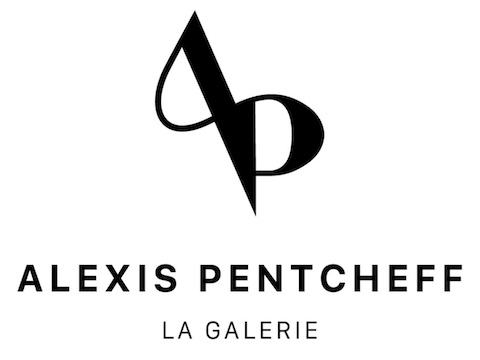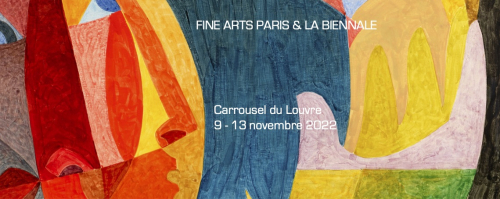Edouard Vuillard was born on November 11, 1868, in Cuiseaux in Saône-et-Loire. Coming from a modest background, his mother is a corset maker. The family moved to Paris in 1877 when Vuillard began his schooling at the Lycée Condorcet where Bergson and Mallarmé were teachers. He then met Maurice Denis, Lugné Poe, and Kerr-Xavier Roussel.
After attending the Julian Academy for a short time, he joined the Ecole des Beaux-Arts in 1887 and quickly came close to a group of innovative painters - the Nabis - who was highly influenced by Paul Gauguin and Emile Bernard. The movement was formed in 1889 around Paul Ranson, Paul Sérusier, Maurice Denis and Pierre Bonnard. Nevertheless, Vuillard kept, at least at the beginning, a slight distance from this «society» detached from any academic affiliation.
In 1889, Vuillard exhibited for the first time at the Salon des Artistes Français. He settled in a small studio at 28 rue Pigalle with Pierre Bonnard and Maurice Denis. In 1891 he met Thadée Nathanson, who that same year became director of the Revue Blanche. Natanson dedicated a major exhibition to him within the journal’s workspace which was also a meeting place for intellectuals and artists. Thadée and his wife, Misia, introduced the painter to the Parisian avant-garde and opened the doors of a cultural microcosm that gave a new dimension to his work. That same year, he exhibited at the gallery of Le Barc de Boutteville in Saint Germain-en-Laye alongside the Nabis group.
Edouard Vuillard, in the 1890s, also made a name for himself through the creation of large decors, notably with the Desmarais Panels in 1892. Initiated to this practice with his collaborations with the Théâtre de l’Oeuvre in 1891 and 1892, the painter created a monumental work in 1894, Les Jardins Publics, nine large panels decorating Alexandre Natanson’s dining room - Thadée’s brother - while Vuillard also painted four panels for Dr Vaquez in 1896. From 1893 to 1894, the painter designed theatre sets for Lugné-Poe. Thus, the artist embraced a process of decompartmentalization between painting and decoration at the end of the 19th century, already initiated by the Nabis.
During this period, Vuillard painted intimate interiors depicting rich wallpaper decorations and played with material effects. Far from being anecdotal, these interior scenes also reflected a strong taste for theatre and literature in which the characters evolved to the rhythm of the story they were relating. The influence of the masters encountered at the Louvre - Chardin and the 17th-century Dutch painters - progressively faded to reveal the Nabis fever and with it the explosion of colour, born under the impulse of wide flat areas and deformed shapes.
From 1900, the painter was getting closer to fashionable galleries, notably Bernheim-Jeune, and began working exclusively with the art dealer Jos Hessel, Alexandre Bernheim’s nephew. His wife, Lucy, became Vuillard’s muse and lover for four years. He then entered the world of businessmen and politicians. His painting became softer, sometimes darker, reviving his taste for naturalism and structured compositions.
During this period, Vuillard painted an important series of portraits of the High Society and declared: «I don’t do portraits, I paint people in their homes.» At the end of his life, he received several state commissions and became a member of the Institut de France in 1937. His first major retrospective was held at the Musée des Arts Décoratifs in 1938.
Edouard Vuillard died on 21 June 1940 in La Baule where he had taken refuge during the war.
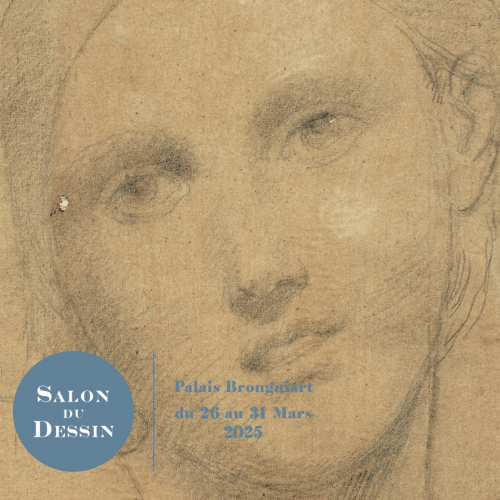
Salon du Dessin
26 March 2025 - 31 March 2025
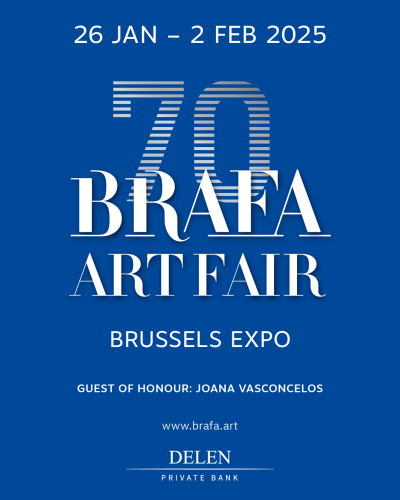
BRAFA 2025
24 January 2025 - 3 February 2025
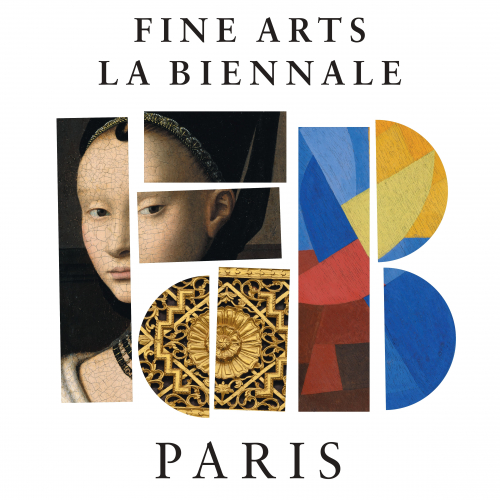
FAB 2024
22 November 2024 - 27 November 2024
BRAFA 2024
28 January 2024 - 4 February 2024
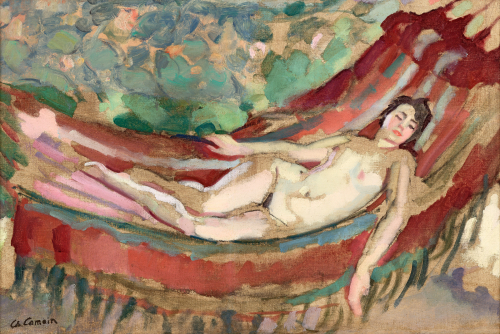
BRAFA 2023
28 January 2023 - 5 February 2023
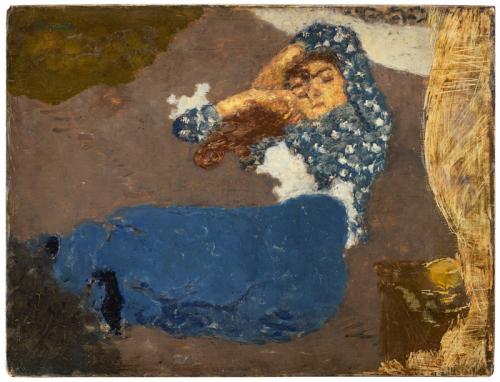
BRAFA 2020
26 January 2020 - 2 February 2020
